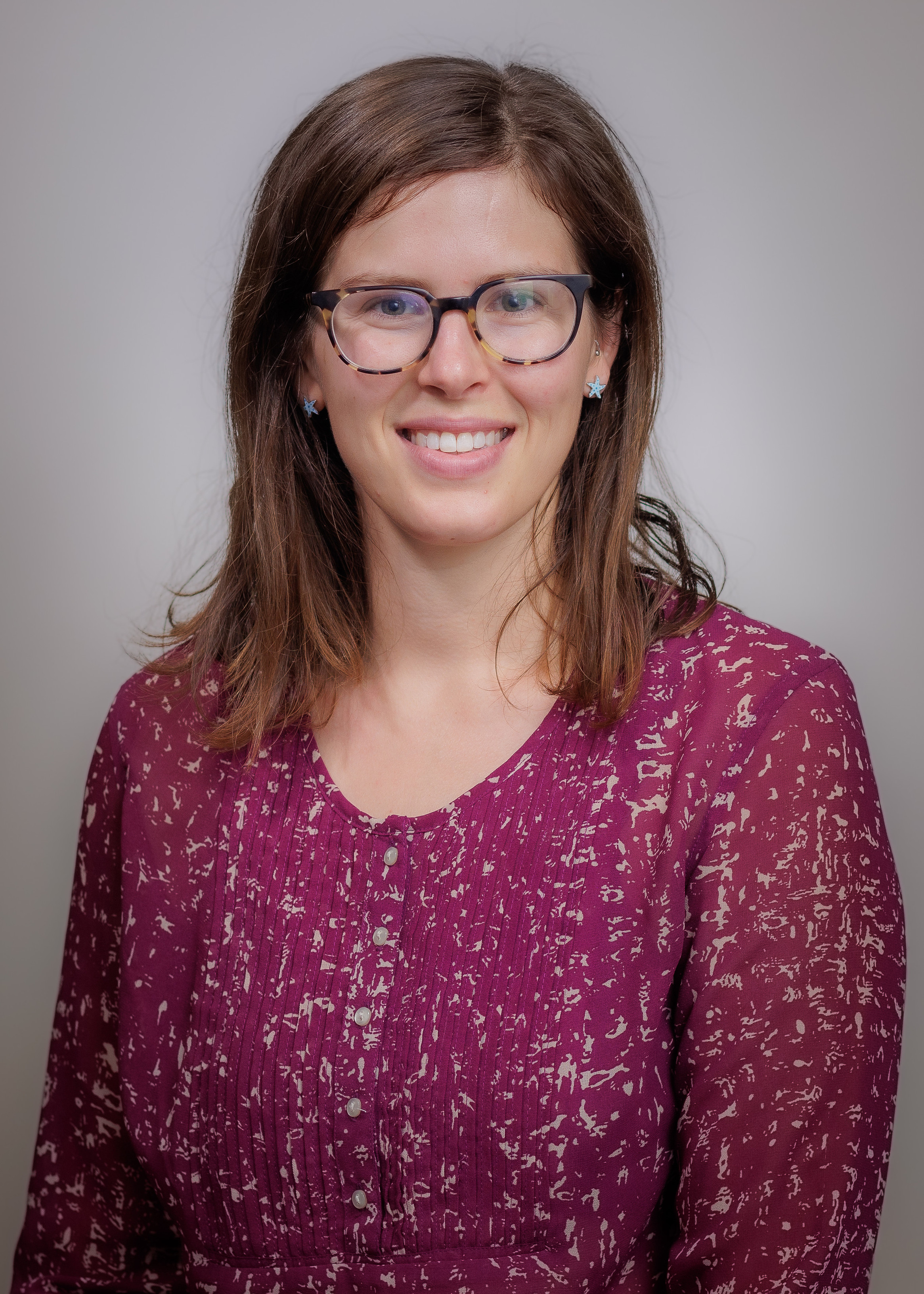How does night shift work affect cardiovascular health and circadian rhythms?
Barbara Harding, PhD, an epidemiologist and assistant professor in The University of New Mexico College of Population Health, is a key collaborator in a multi-center study examining health outcomes among health care workers and bus operators in Spain, the Netherlands, Sweden and Denmark.
"Our research is filling a critical gap in providing epidemiologic data to help us understand how night shift work impacts cardiometabolic health, aging and mental health," said Harding, who did postdoctoral work at the University of Washington’s Cardiovascular Health Research Unit and The Barcelona Institute for Global Health (ISGlobal). "We're particularly focused on identifying the biological mechanisms that link night shift work to poorer chronic disease outcomes."
The European Union-funded Exposome Project for Health and Occupational Research (EPHOR) Night Shift Study, which Harding co-coordinated while at ISGlobal, collects comprehensive biomarker data from both night and day shift workers, providing important insights into the physiological effects of disrupted circadian rhythms.
One aim of the study is to examine the impact of night shift work on cardiovascular biomarkers, such as blood pressure, BMI, waist-to-hip ratio and heart rate variability. Preliminary findings indicate that night shift workers exhibit elevated BMI and waist-to-hip ratios compared to their day shift counterparts, with more significant effects observed among women.

"We've known that night shift workers experience higher rates of cardiometabolic diseases, including elevated BMI and hypertension. Our research is now revealing the underlying mechanisms through detailed analysis of hormonal, immune and metabolic markers."
Night shift workers are at greater risk for adverse outcomes due to factors like poor sleep, disrupted circadian rhythms and increased social stressors, which may differ by sex, Harding said. The EPHOR project aims to further explore these relationships through stratified analyses by gender and shift-specific characteristics like shift duration, intensity and history.
A pilot project completed before launching the EPHOR project, known as the HORMONIT (Hormonal Changes Associated with Circadian Disruption in Night Shift Workers) study, has already yielded significant findings, published in the Scandinavian Journal of Work Environment Health and Frontiers in Immunology.
This study detailed changes in melatonin production, sex steroid hormones and cellular immune response among rotating night shift workers. The goal is to replicate these earlier analyses and undertake new investigations in the EPHOR population.
"Understanding these biological pathways allows us to develop targeted lifestyle interventions for disease prevention," Harding noted. "We're particularly interested in how an individual's chronotype – whether they're naturally morning or evening people – influences their adaptation to night shift work."
Harding has also investigated the health impacts of artificial light at night (ALAN). Nighttime lighting, especially blue light, is known to suppress melatonin, an essential hormone for regulating sleep cycles. She co-authored a 2024 paper published in the American Journal of Epidemiology that assessed cardiometabolic outcomes using satellite data to estimate the degree of nighttime illumination in Catalonia and Madrid.
Higher levels of ALAN exposure were linked to increased cardiovascular risks, with notable differences between blue light exposure and general light pollution, the study found. The findings suggested that while ALAN is somewhat harmful, blue light is more prone to disrupt circadian rhythms and has a greater impact on cardiovascular health. These findings have important implications for public health interventions, Harding said.
Her research in this area extends beyond cardiovascular health: A separate study published in Environmental Health Perspectives compared data from three different satellites to assess blue light's influence on cancer outcomes.
Harding continues to expand the scope of her research. She recently chaired the organizing committee for the 2024 Early Career Conference on Occupational Epidemiology, demonstrating her commitment to nurturing the next generation of researchers.
“Our goal is to translate our findings into broader applications for sleep health and light hygiene in the general population," Harding said. "This research has the potential to improve health outcomes for the many shift workers worldwide."
